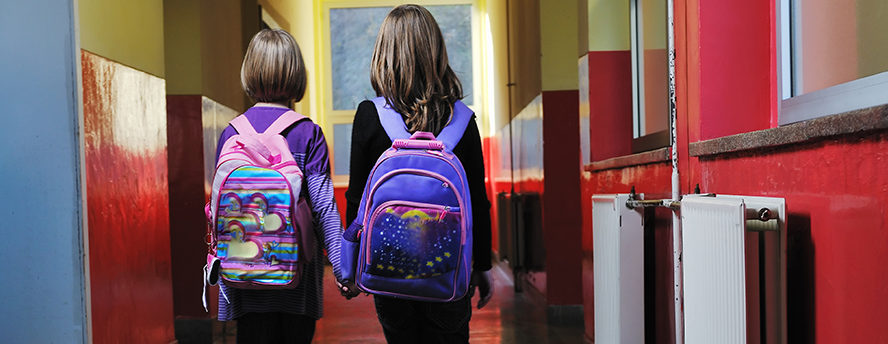Sticks and Stones CAN Break Your Heart
What is bullying?
- Bullying is a pattern of coercive control that one child, or group of children, exercises over another in order to dominate and get their way.
- Bullying can occur as physical, emotional or sexual harassment. It arouses fear, and prevents the child from doing what they want, or moreover compels them to behave in ways not freely chosen.
- Children who bully may be the same age or older than their victim. Sometimes children who bully may be younger. Both sexes bully and are bullied. Bullying behaviour is about the abuse of power.
What does being bullied feel like?
Bullied children may feel trapped by their situation and may be unable to stop it from happening. Victims feel lonely and afraid and may lack self-confidence. Bullied children may be hit, kicked, threatened, and called names. Other more subtle forms of harassment may include ignoring or excluding someone from the peer group.
Indicators that your child may be bullied are
- reluctance to attend, or changing their route to school;
- unexplained physical illness such as headaches and stomachaches;
- signs of depression such as crying or sleeping too much;
- coming home from school hungry or disheveled; and/or,
- “losing” things repeatedly may indicate someone is stealing from your child.
What about the child who bullies?
A child who bullies seeks power. Bullying is not limited to a child’s financial status or to his/her social or cultural backgrounds.
However, most children who bully have some common characteristics and personality traits. These include a greater than average display of
aggression; the desire to
dominate peers and the need to feel in
control; and, an
inability to accept responsibility for their behaviour.
Children accused of bullying
need just as much help as those being bullied. Their behaviour may be connected to hidden personal and social problems. Children who bully may themselves be manipulated by other children.
Different types of bullying may require different responses. Punishment
may not be the best way of stopping the problem.
Indicators that your child may be bullying include having large amounts of money; buying items normally unaffordable for a child; wearing designer clothing they say their friends gave them; having a sense of superiority; and/or, the school increasingly complains of your child’s aggression towards others.
How can parents help?
- Believe your children and tell them that bullying is unacceptable;
- Don’t dismiss bullying as “part of growing up”;
- Tell your children that you are willing to listen at any time and ask them for suggestions as to how to solve the problem;
- Don’t interrogate your children – they may feel they have done something wrong;
- Seek advice from experienced individuals or groups;
- Don’t over-react as victims need rational advice and assistance; and,
- Keep an eye on your children’s emotional health and obtain professional help if necessary.
How can the school help?
- Adopt a zero tolerance for bullying;
- Resolve the situation decisively and in a way that the victim and the bully feel supported;
- Do not ignore bullying in the hope that it will go away;
- Keep victims informed; and,
- Keep good records of bullying incidents.
How can children help themselves?
- Admit that bullying is unfair, unacceptable, and unjustified;
- Believe in yourself – not what the bully says about you;
- Stand up for yourself;
- Pay attention to body language – hanging your head and hunching over may make you appear vulnerable;
- Try not to let bullies see that they have upset you – they may become bored and leave you alone;
- Use humour to disarm a child who bullies;
- Don’t suffer in silence – talk to someone you trust;
- Tell a person in authority, providing as many details as possible; and/or,
- Recognize that bullying behaviour hurts others and help is available to both bullies and victims.
What else can we do?
Bullying in school can only be solved if parents, teachers, and students
work in partnership with the community to find solutions.

